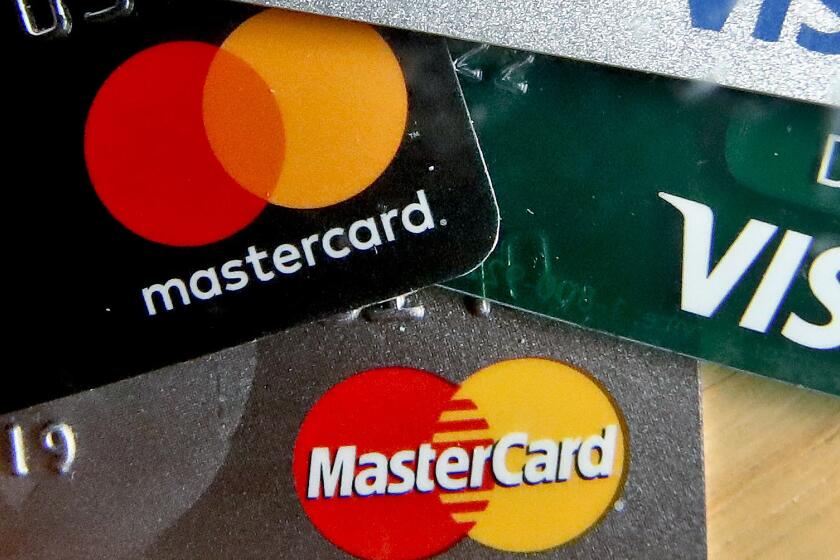Tax Cut to Show Up in Checks
- Share via
Many workers soon will have a little more pocket money, thanks to new federal withholding tables that reflect tax cuts passed last summer.
The new withholding tables will result in workers taking home an extra $5 to $10 per week starting in January, an IRS spokesman estimated.
The tables, guides that employers use to determine how much income tax to take out of workers’ paychecks, were previously revised in July, shortly after President Bush’s tax cuts were enacted. The July revision gave workers credit for lower tax rates that went into effect at midyear.
The new revision provides further withholding cuts to account for the new, lower 10% tax bracket applied to the first $6,000 to $12,000 of income (depending on one’s filing status) and inflation adjustments that are made each year to standard deductions, personal exemptions and other tax thresholds.
The 10% tax bracket went into effect at midyear, but most taxpayers received this year’s cut through refund checks ranging from $300 to $600 that were sent out during the summer and fall.
Still, the automatic withholding changes due Jan. 1 are paltry in comparison with the paycheck boost many workers could give themselves by properly adjusting their total withholding, tax advisors say.
Roughly 93.5 million of the nation’s 129 million taxpayers received tax refunds this year, averaging $1,719 each, according to the IRS. Using that figure as a guide, if taxpayers simply adjusted their withholding to have no more than the required amount of federal tax withheld, the average paycheck would jump by $33 per week--or $143 per month.
“This should serve as a reminder to people who are getting refunds every year that they really ought to make adjustments to their withholding to put money in their pockets, rather than leaving it in Uncle Sam’s hands for a year,” said Don Roberts, an IRS spokesman in Washington.
The IRS offers calculators on its Web site (https://www.irs.gov) to help taxpayers figure the right withholding, but most taxpayers consistently shun proper withholding in favor of getting rich refunds, Roberts said.
Some people consider over-withholding a sort of forced savings plan that will provide them with a cash windfall when they file their tax returns, financial advisors say. But getting a refund means taxpayers allowed the government to borrow their money for a year, interest free, Roberts said.
People who want to accumulate savings would be much wiser to set up an automatic savings plan with a mutual fund, or boost contributions to their employer’s 401(k) retirement plan, if one is offered, advisors say.
Contributions to 401(k) plans also come out of workers’ paychecks, just like tax withholding. However, 401(k) accounts offer a chance to boost long-term savings and to earn a return on that money. Moreover, many employers match 401(k) contributions, so the amount the worker puts in might be enriched by the employer match.
What’s more, 401(k) contributions are taken out of paychecks before taxes are computed. That reduces an individual’s income tax bill for the year.
(BEGIN TEXT OF INFOBOX / INFOGRAPHIC)
How Tax Brackets Will Fall
Here is how federal income tax rates will decline under the tax cut enacted this year.
*--*
28% rate 31% rate 36% rate 39.6% rate Year falls to: falls to: falls to: fall to: 2001 27.5% 30.5% 35.5% 39.1% 2002-’03 27.0 30.0 35.0% 38.6 2004-’05 26.0 29.0 34.0% 37.6 2006 25.0 28.0 33.0% 35.0
*--*
Source: PriceWaterhouseCoopers










